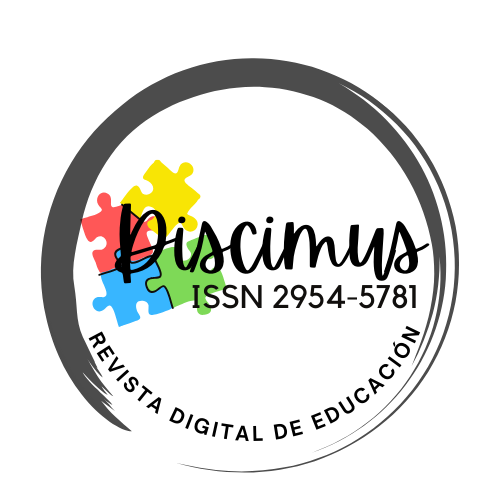The clown and laughter, a path of sensitive learning: the use of the clown
Main Article Content
Abstract
Abstract
This article is about the use of clowning and comedy as tools for learning in a sensitive way. It mentions that the clown is not just a character, but a way of life that allows artists to undress and expose their weaknesses and flaws in an intimate and revealing way. The aim of this is not just for show, but to create a relationship of exchange in which laughter acts as a catalyst.
It then addresses the differences between laughter and comedy, and how the clown uses both tools to connect with the audience and establish a two-way dialogue in which laughter is the link that builds the connection. The methodology used by LUME Teatro, a Brazilian theatrical group, for teaching the techniques associated with clowning and physical comedy is then analyzed.
In conclusion, the importance of these techniques will be discussed, not only in the teaching of comical practices, but fundamentally they help to create a stronger connection between the student and his own learning process, understanding the value of the error from a space of joy that is capable of generating new experiences that provoke teachings.
Downloads
Article Details
Section

This work is licensed under a Creative Commons Attribution-NonCommercial-ShareAlike 4.0 International License.
Open Access Policy at Discimus Journal
Discimus Journal is committed to the promotion of free circulation of scientific and academic knowledge, simultaneously ensuring appropriate acknowledgment for our authors while adhering to the ethical principles of scientific publishing. In alignment with this goal, Discimus publishes all its articles under the ATTRIBUTION-NONCOMMERCIAL-SHAREALIKE 4.0 INTERNATIONAL CC BY-NC-SA 4.0
How to Cite
References
Cervino, C. (2017) La Risa: un Espejo de nuestro Cerebro. Revista de la Facultad de Filosofía, Ciencias de la Educación y Humanidades, 75.
Diz-Reboredo, C. (2011). Los caminos del clown: resistencia en movimiento. Juego, carnaval y frontera. Athenea Digital. Revista de Pensamiento e Investigación Social, 11(2),157-171. [fecha de Consulta 4 de Julio de 2020]. ISSN: 1578-8946. Disponible en: https://www.redalyc.org/articulo.oa?id=537/53719732010.
Moreira, M. A. (1997). Aprendizaje significativo: un concepto subyacente. Actas del encuentro internacional sobre el aprendizaje significativo, 19, 44.
Leabhart, Thomas (2008). The Decroux sourcebook. London: Routledge.
Pascetta, N. (2015). Embodying English Language: Jacques Lecoq and the Neutral Mask. Disertación para obtención PhD. York University, Toronto, Canada. Recurso online
Puccetti, R. (2012). O riso em três tempos. ILINX-Revista do LUME, 1(1).
Puccetti, R. (2017). A travessia do palhaço: a busca de uma pedagogia. Dissertação (mestrado) – Universidadde Estadual de Campinas, Instituto de Artes, Campinas, SP. recurso online (129 p.).
Tunstall, D. (2017) Lecoq and Shakespeare In: The Routledge Companion to Jacques Lecoq. Routledge, Abingdon. ISBN 9781138818422
Vincent, N. (2015). El cuerpo que ríe: dinámicas de la comicidad teatral. Acta Poética, 24(1).

